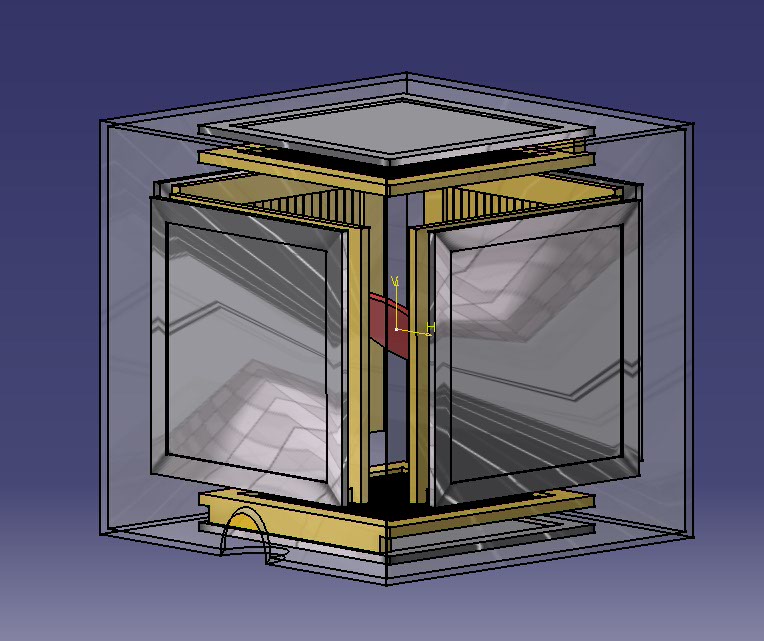Partenaires
Beta-delayed charged particle emission
Physics Case
The main characteristic of beta decay far from stability is the number of decay channels open. This is due to the quadratic increase of the isobaric mass differences and the reduction in the separation energies for emitting nucleons or clusters of nucleons when going away from the valley of stability. In a two-body break-up, as after the beta decay of 8Li and 8B, the complete decay dynamics can be determined by measuring just the single-alpha spectrum.
The break-up of nuclear states into more than two fragments has attracted much attention. Different techniques, mainly beta-decay spectroscopy, nuclear reactions or Coulomb excitation, have been used to populate excited states. The main interest in beta-delayed multi-particle emission is that the mechanism is not fully determined by energy and momentum conservation. In three-body break-up, there are three binary subsystems and each subsystem has resonances controlling the break-up. The break-up process is determined by the width of the resonances, the height of the barrier, and the structure within the decaying state that can single out a certain channel.

Figure 1: Schematic representation of the different possibilities of two-proton emission (from left to right): sequential emission, 2He emission, and three-body decay.
The elusive character of two-proton radioactivity has also attracted much interest, especially concerning the two-proton emission from excited states populated by beta decay or by reactions. Here the proposed mechanisms are (see Fig. 1):
![]() sequential decay
sequential decay
![]() 2He = di-proton like, highly correlated emission
2He = di-proton like, highly correlated emission
![]() three-body direct or democratic break-up.
three-body direct or democratic break-up.
The experimental signatures of the individual proton distributions in the three cases are very different.
The sequential 3-body break-up reduces to two binary decays and is fully described by the R-matrix formalism, which depends on the barrier penetrability and the reduced width. For the case of broad resonances, the decay amplitude is described in a set of hyper-spherical harmonics functions that fully describe the final state of the three particles. The decay occurs through the resonances so fast that the third particle is still felt by the other two. Detailed spectroscopic studies have been carried out for 31Ar, 12C and the A=9 isobars. New cases related to cluster structures such as 13O and others are of great interest.
Instrumentation
The measurement of e.g. beta-delayed two-proton emission at DESIR requires setup with a high granularity, a high angular coverage, and good energy resolution. In addition, gamma-ray detection maybe needed to understand the often complicated decay schemes and to interpret the observed decays.
Setups recently developped like the silicon cube or the silicon ball fullfil to a large extent these requirements.

Figure 2: Sketch of the silicon cube which consists out of six double-sided silicon strip detectors forming a cube. Each DSSSD is backed by a large-size standard silicon detector either to veto beta particles or to sum the energy of protons punching through the DSSSD.
Contact: Bertram Blank, Bordeaux, Maria J.G. Borge, Madrid


 To read, in the same section...
To read, in the same section...
- Trap-assisted conversion-electron spectroscopy , 17 June 2010.
- The TETRA setup , 28 June 2008.
- Beta Decay Total Absorption Spectrometer , 28 June 2008.
- Super-allowed 0+ -> 0+ beta decays , 5 April 2008.